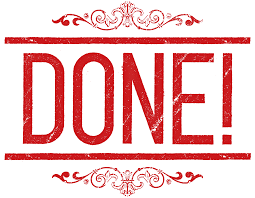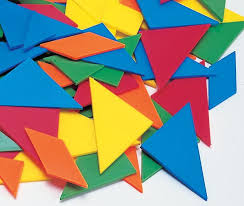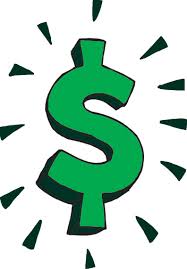Often times I heard parents sharing and comparing among themselves how much their child knows about numbers. Some even went to the extend of telling the other, "Oh, I am so amazed! My child already knows how to count up to 100! And he is only 3!" This will create unnecessary stress to the other parents whose child is only able to count up to 10. But how much does the former child know about numbers? By being able to count up to 100, does that make a child understands the underlying concepts of numbers up to 100?
What happened above is that some parents are unaware of the underlying and important concepts which come along with the numbers 1-10. That is the basic foundation before a child can even progress to bigger numbers. Of course, there is no harm if the child is able to rote-count of up to 100, but strictly speaking, there is nothing to be proud of. The child who is able to count up to 100 is basically practising his rote- counting skills; probably given the frequent exposure that he or she has received from adults in the environment. More importantly is how to equip the child with the knowledge of associating his or her rote-counting skills to serial counting and later to make relationship to its representation of symbols.
On top of these, besides teaching concept of ordinal numbers, others include numbers which come before, after and in between, odd and even numbers and numbers more or less; all within 10. Once a child can master these concepts, then it is considered that he or she has a stable foundation for early Math.
From here, then the child is able to move on to place value, grouping of base ten and so on.
These are the common practices that has been implemented in my centre:-
Numbers up to 10: To associate symbols and their quantities.
Number concepts of 1-10: More /less, Numbers which comes before/after/between, odd/even numbers, and ordinal numbers.
Numbers up to 100: Grouping of base 10, associating symbols to quantities, place value
Concepts of money, length, time and mass.
Concepts of addition and subtraction
Story sums.
The non-common practices are:
Concepts of multiplication and division.



 I particularly enjoyed the actiivity where we had to come up with different designs on the dotted paper to form the four-sided shapes given the particular square area. That was really interesting and fun! I gained the most cookies based on what I have collected so far during the last lesson for participating actively. That was indeed a very good closure towards a six sessions of fun and interactive learning on Math!
I particularly enjoyed the actiivity where we had to come up with different designs on the dotted paper to form the four-sided shapes given the particular square area. That was really interesting and fun! I gained the most cookies based on what I have collected so far during the last lesson for participating actively. That was indeed a very good closure towards a six sessions of fun and interactive learning on Math!


